Backchecking
Every team wants to be known as a hardworking team. Well, nothing is more reflective of a team’s work ethic than the players’ willingness and commitment to backcheck. The backcheck starts after the puck is turned over in the offensive zone and doesn’t end until you either regain puck possession or shift into defensive zone coverage. All three forwards need to be involved in the backcheck. Some teams rely mainly on one backchecker; the other two forwards coast back and watch that the other team’s Ds don’t jump by them. This strategy allows for quick counterattacks using long stretch passes after the puck is turned over, but it does not result in as many turnovers. Our philosophy is that when all three forwards hustle back, more turnovers will result and transition off the turnover will be faster. In addition, this strategy provides the offensive team with more space to work with as they advance up the ice.
The backcheck is set up in the offensive zone off the forecheck when players away from the puck recover above the puck to reattack (figure 8.1a), back up a pinching defenseman (figure 8.1b), or initiate the backcheck by being in a high offensive position (figure 8.1c). Players in the offensive zone need to recognize the potential for loss of possession and quickly get themselves into an appropriate backchecking position.
Figure 8.1 The backcheck set up by (a) recovering or (b) backing up a pinching defense; the backcheck being set up by (c) being in a high offensive position.
Late in games, a strong F3 (high forward) position in the offensive zone is key to eliminating odd-man rushes against. This strategy should be used throughout the game. When in a high position, F3 has two choices on how to force the breakout. The first is to pressure the pass immediately if he has support from a teammate who is recovering to the high slot. If he doesn’t have support, the second option is to “soft lock.” This concept refers to F3 not going for a hit but instead angling the offensive player up ice (toward his own net) and running him out of room or making him rush the pass (figure 8.2). In this way, he keeps in the rush and not behind it. If the offensive player makes a good pass up ice, F3 is still in good position to apply backchecking pressure and chase down the rush.
If your team is giving up odd-man rushes, the first place to look is at your forecheck position and backcheck commitment. Players might end up in a good position on the forecheck but react slowly to the other team’s breakout and as a result miss players jumping by them.
Let’s discuss the keys to an effective backcheck.

Figure 8.2 The neutral zone backcheck soft lock.
- Move into a high recovery position. First and probably most important is that all forwards on the forecheck move immediately into a high recovery position when the puck is moved away from them in the offensive zone or after they make a hit (figure 8.3). The high recovery area is the top of the circles in the offensive zone; coaches always want the forwards to move there. This positioning sets the stage for an effective backcheck. If the forwards don’t get in the habit of recovering, then your backchecking strategy won’t matter because they will not be in a position to help.
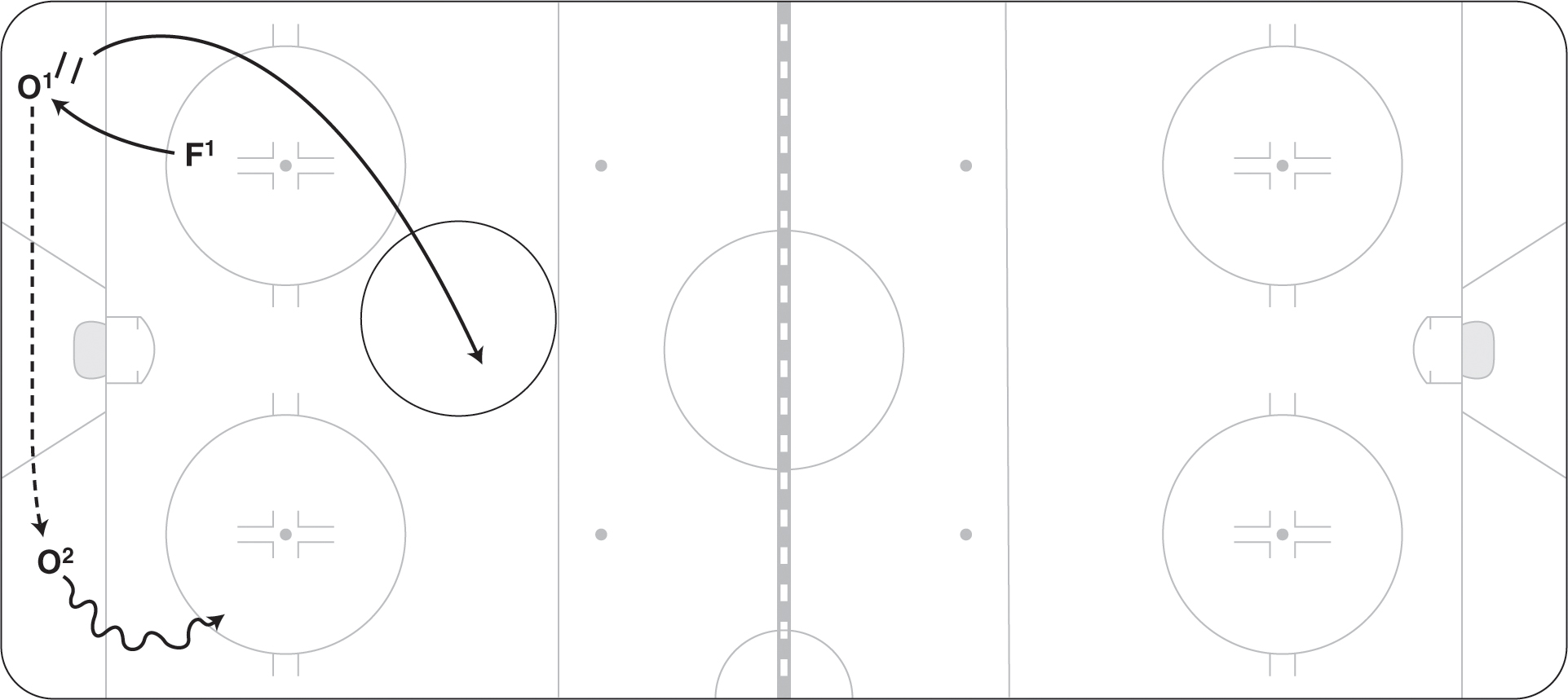
Figure 8.3 The high recovery area off a forecheck.
- Pressure the attack from behind. All forwards come back hard through mid-ice. They backcheck hard and prepare to move in transition with speed after the puck is turned over. Coaches must reinforce with their players that all three forwards must come back hard; backchecking is not the responsibility of only the high forward or the closest forward (figure 8.4a).
- Try to strip the puck from behind. The backcheckers should try to lift the stick of the attacking player to steal the puck and counterattack quickly. Players need to work on the skill of being able to lift a player’s stick while skating at full speed without taking a penalty.
- Outnumber them at the line. By maintaining pressure on the attack from behind and at the defensive blue line, you should outnumber the attacking team. Squeeze the attack from both sides; the forwards press from behind, and the Ds keep a tight gap on the other side (figure 8.4b). If you were to look at an overhead picture of the opposition attack at your blue line, you should see more of the defending team than the offensive team. Show your team a freeze frame at the defensive blue line. If you have five players in the picture and the opponent has three, then the players are doing a great job of squeezing the attack. Often the puck will be turned over in this area, or the opposition will be forced to dump the puck in.
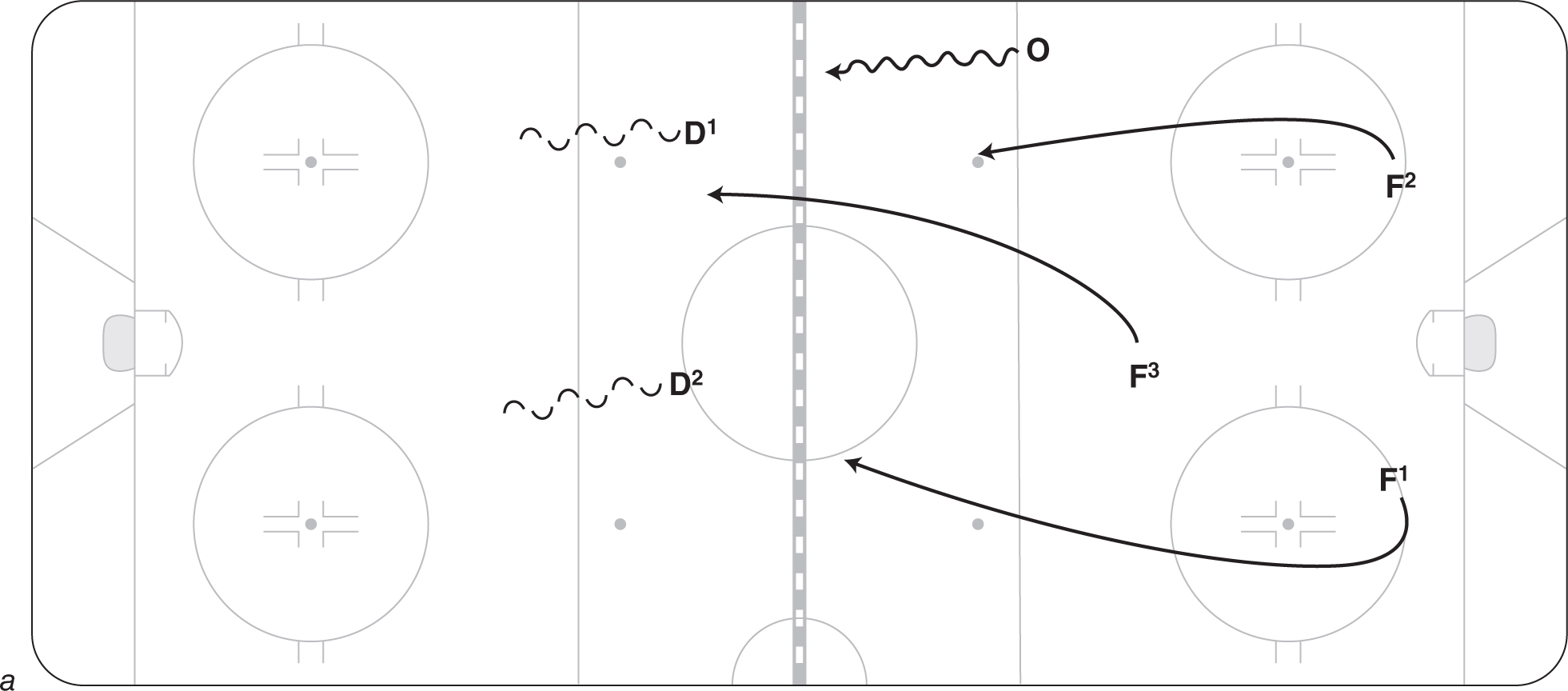
Figure 8.4a Pressuring the attack from behind.

Figure 8.4b Outnumbering them at the line.
- Have set rules for F1 and D1. Make sure you have rules for which player plays the puck carrier after the play advances to your blue line and which player holds inside position. You can do this in two ways.
- F1 pressures the puck carrier hard, trying to catch him and turn the puck over before they reach the center line. But after reaching the center line, F1 releases the puck carrier to the defense (D1). Now F1 holds inside position and supports the defense while looking for late players. D1 calls that he has the puck carrier and stands him up at the line, knowing he has inside protection from F1 (figure 8.5).
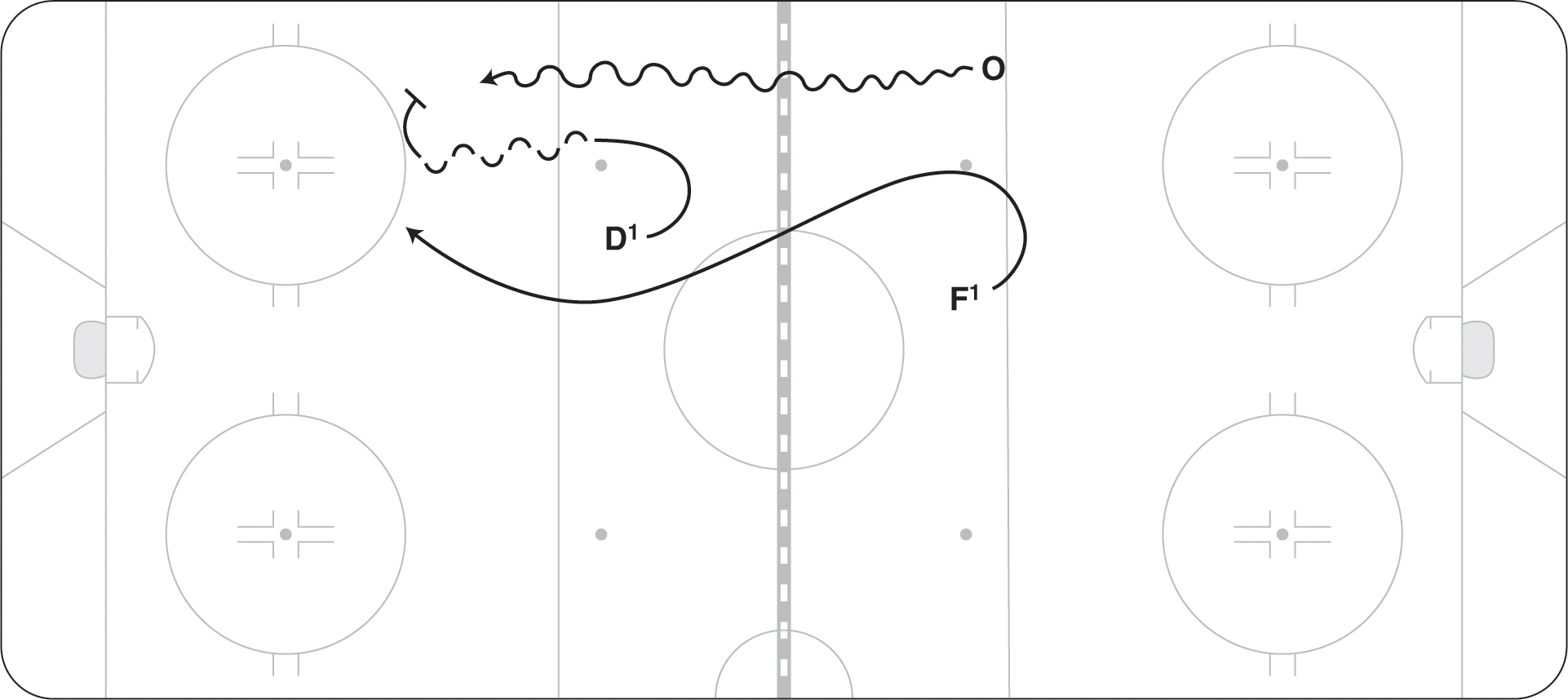
Figure 8.5 D1 stands the puck carrier up at the line while F1 protects mid-ice.
2. F1 pressures the puck carrier hard from behind and continues to try to steal the puck and keep the puck carrier wide all the way into the zone. D1 recognizes that this is the strategy used and now holds inside position and supports F1 while looking for late players (figure 8.6).

Figure 8.6 D1 holds the inside position, while F1 pressures the puck carrier.
3. F1 pressures the rush from behind but stays away from the puck carrier and locks the mid-ice to wide lane. If you employ this strategy, then the strong-side defense (D1) always knows that the puck carrier is his responsibility (figure 8.7).
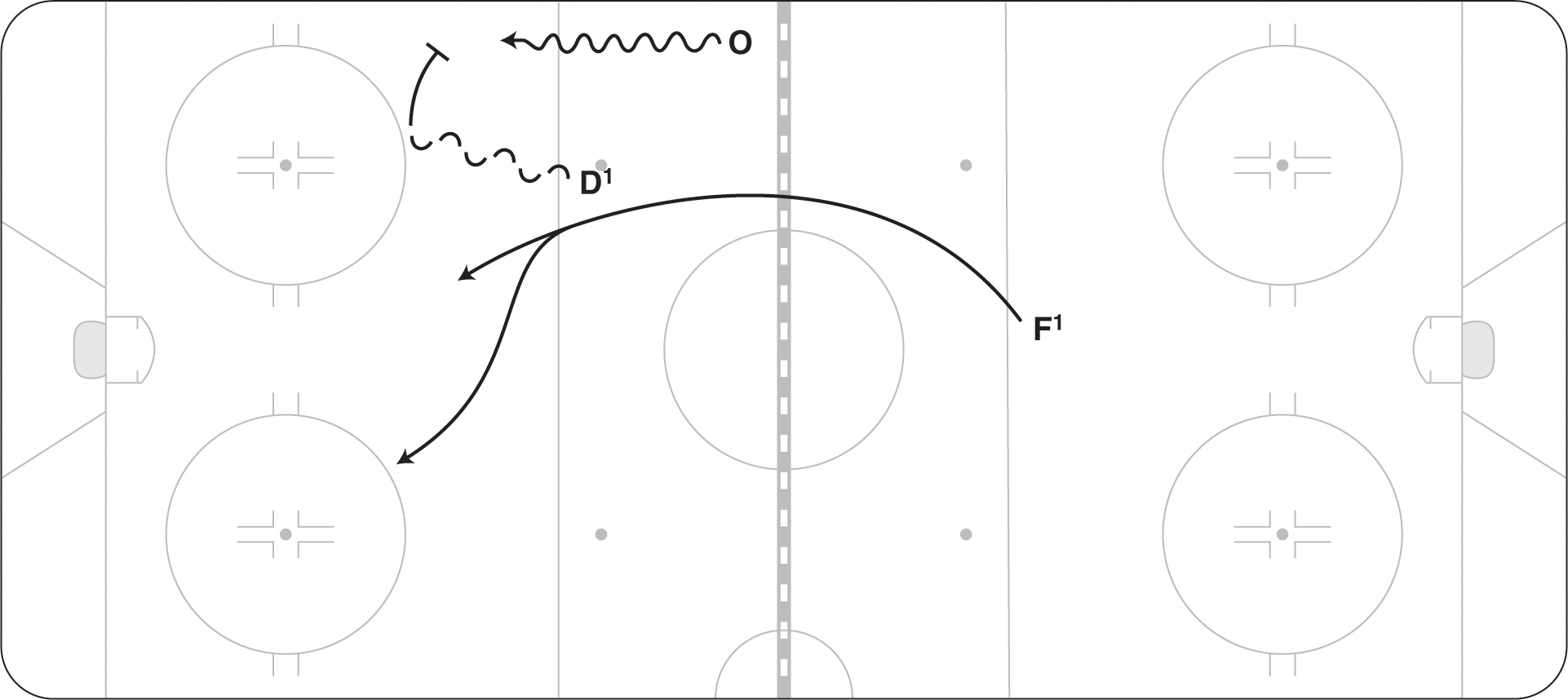
Figure 8.7 The strong-side defenseman owns the puck carrier.
- Watch for stretch players. With no red line, the defense must be aware of the stretch player. Generally, this is the responsibility of the defense, but at times and in certain systems such as the 1-3-1 or 1-2-2 wide neutral zone forecheck, the wide forward has this responsibility. When forechecking or in possession of the puck in the offensive zone and the other team sends a player out early into the neutral zone, the closest D must drop back in coverage and hold mid-ice. When covering a stretch player, you do not have to skate close to the player—just maintain mid-ice position and equal depth. If a quick pass is made up, make sure you have support before going out to play the stretch player. Do not allow the stretch player to bump the puck into mid-ice to create an odd-man rush (figure 8.8).

Figure 8.8 The stretch player bumping the puck into mid-ice as D1 overplays.
Backchecking Systems
Teams can employ four backchecking systems: defense early strike, wide-lane lock, midlane backcheck, and hound the puck. Each system is described and discussed in this section. Each has a different emphasis on where and how the offensive players are confronted.
Defense Early Strike
Teams have started to employ this system and concept in the last few years. Generally, it starts in the offensive zone. With more teams sinking down in defensive zone coverage, if the defensemen don’t tighten up early, the opposition has room to break out. As noted in figure 8.9a, the two defensemen tighten up early and at times may sit up on the opposition forwards.
When the other team breaks out, the wide D will usually strike across, almost like a soft lock that the forwards employ on the forecheck. When the wide D2 strikes, the strong-side D1 can shift inside. This strategy often surprises the opposition and reduces the time and space they need to make a play (figure 8.9b).
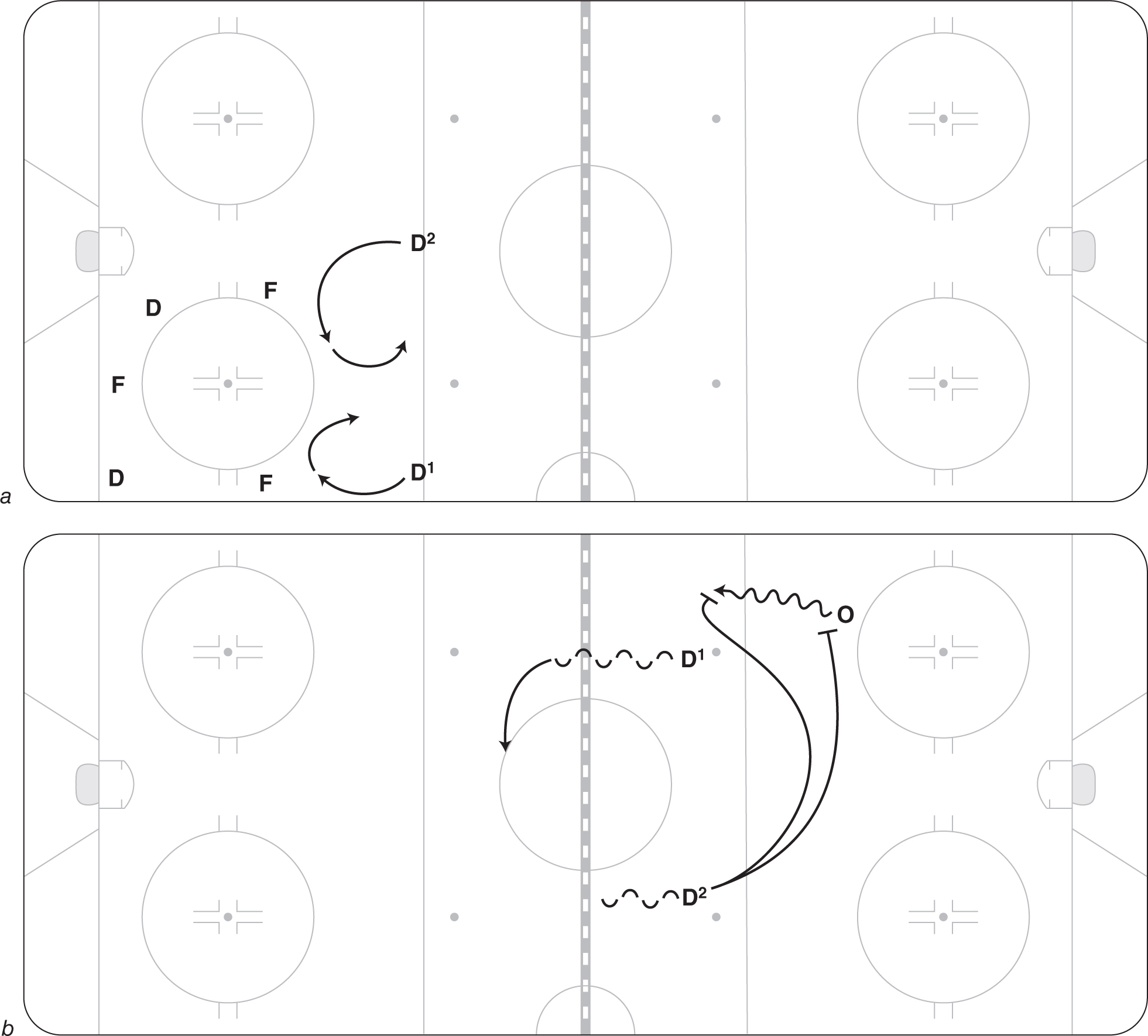
Figure 8.9 (a) Defensemen tighten up early; (b) D2 Strikes across.
Wide-Lane Lock
In this system, the first forward on the backcheck immediately moves to an outside lane. After the forward gets into the wide lane, he may skate backward or forward but must always be able to see the puck and any opposing skater in that lane. This forward is responsible for any opposition player skating between the dots and the boards on that side. D1 now moves to mid-ice, assuming responsibility for this lane, and D2 takes the strong side where the puck carrier is. Essentially, the ice is divided into three parts, and each of these players protects a zone (figure 8.10). The offensive team will have a difficult time getting across the blue line in possession of the puck with three players protecting the line. All three defensive players (D1, D2, F1) attempt to stand up the attack at the blue line, while F2 and F3 continue to pressure the attacking players from behind.
The responsibility of F1 is to prevent any passes to that side and to stay close to his check. He should always try to be deeper than the opponent, which is usually called good defensive side position.
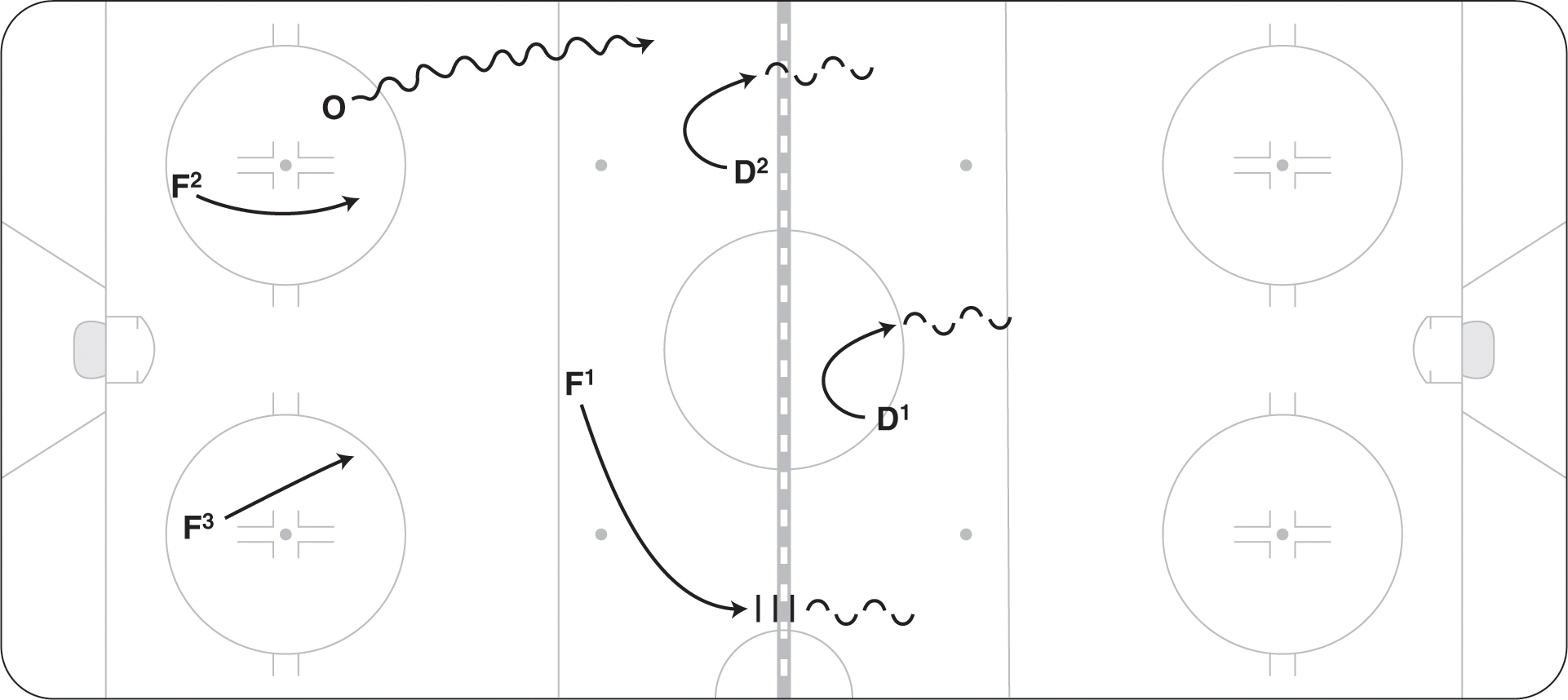
Figure 8.10 Neutral zone backchecking wide-lane lock.
Midlane Backcheck
After the puck is turned over in this system, the first instinct of the high forward should be to get to mid-ice and come back hard through the center seam. All forwards come back through the middle, allowing the defensemen to play the outside areas. The first forward back protects the defensemen from being beaten inside by always staying between the puck and the net (figure 8.11). Therefore, if a defenseman makes a mistake, the forward is always in a position to cover up. In addition, having the forward in the middle intimidates the puck carrier and forces him to stay wide because of the lack of space inside.
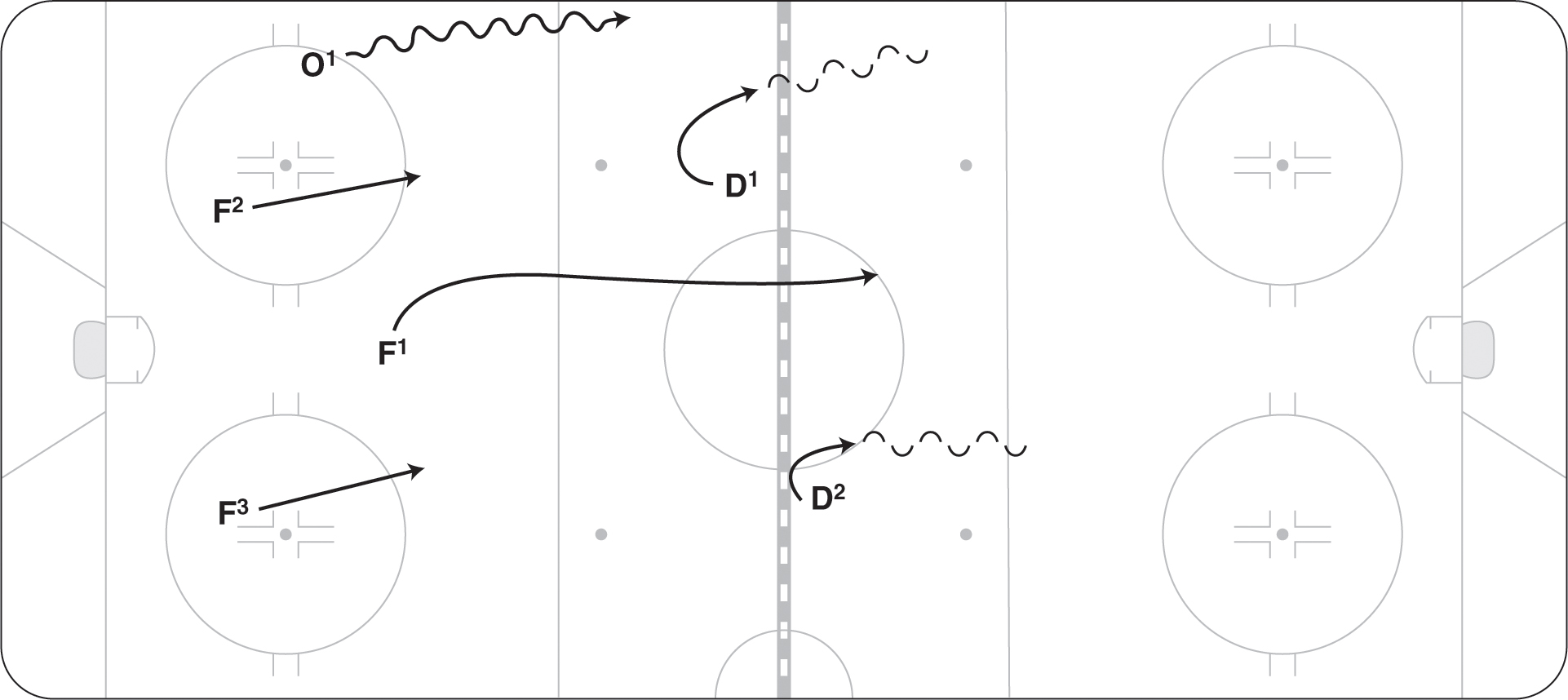
Figure 8.11 The midlane neutral zone backcheck.
When the first forward comes back through the middle, he should come all the way back to the low slot area and then move out to support the defense. The second and third backchecking forwards should again come back hard; they look around for any late players entering the zone and stop at the top of the circles in good defensive position.
Hound the Puck
This system is the opposite of the midlane backcheck. The first forward hounds the puck (backchecks toward the player with the puck) as hard as he can, and if a pass is made, the forward continues to pressure the puck (figure 8.12). The forwards limit the time and space for the opposing players as they move through the neutral zone, and the defensemen hold inside position, protecting the space between the dots. Coaches who like this system generally have a pressure philosophy and want to deny time and space in all areas of the ice.
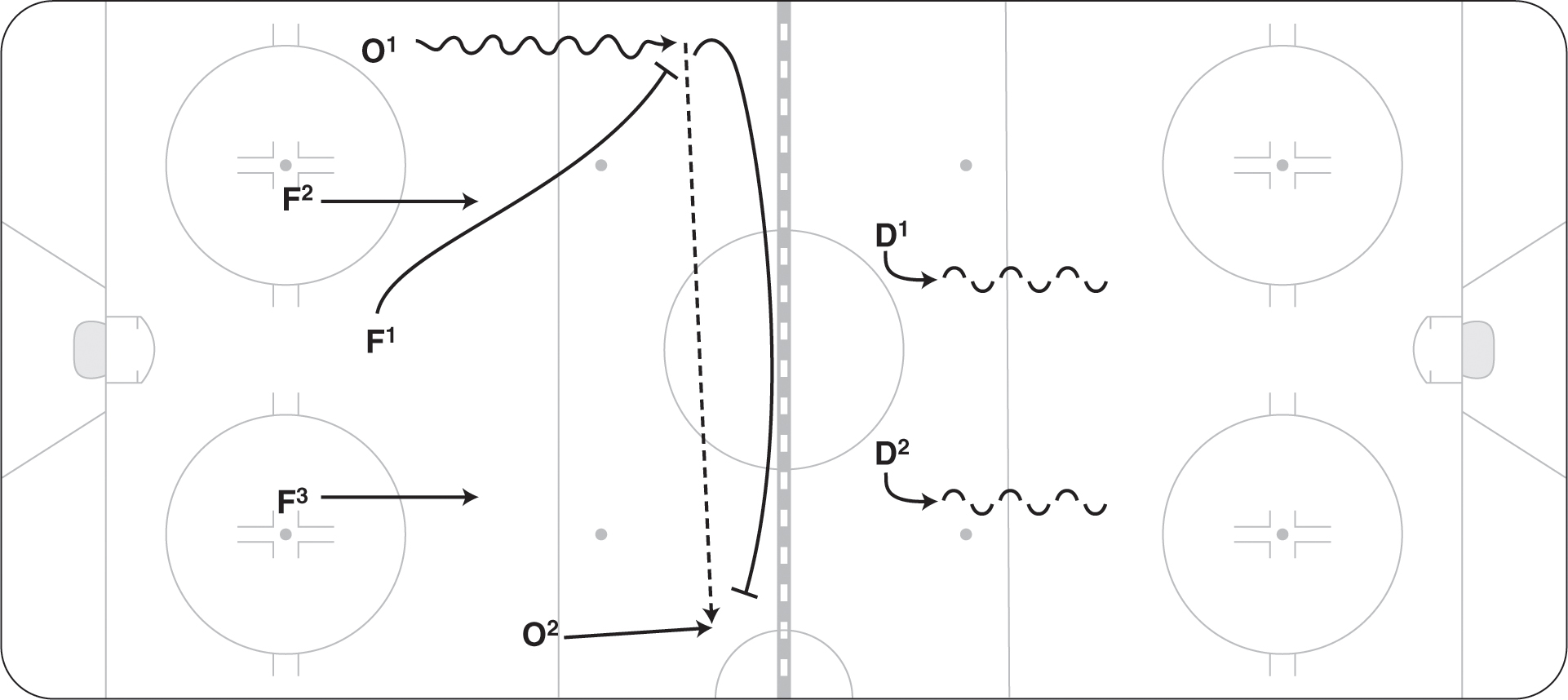
Figure 8.12 Hounding the puck in the neutral zone backcheck.
The advantage of this system is that the opposition is always under pressure through the neutral zone. The puck carrier will have trouble making plays if the backchecking forwards are quick and work hard. In addition, the inside positioning of the defense prevents mid-ice passes. The disadvantage is that at times the backchecking forwards and the defense become confused about what to do if the forwards cannot catch the opposition by the blue line or confront the pass quickly enough. A team must develop rules for these two scenarios to eliminate confusion when they occur. One rule involves having the forward hound the puck until the red line; if the forward is not then even with the puck carrier, the defense takes over and the forward picks up a lane or wide player.
